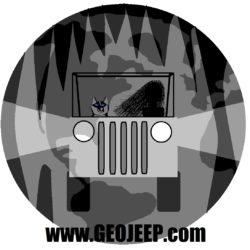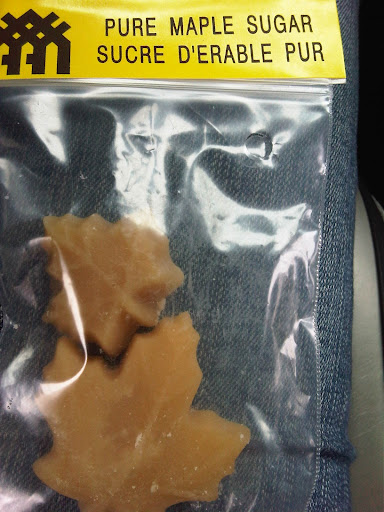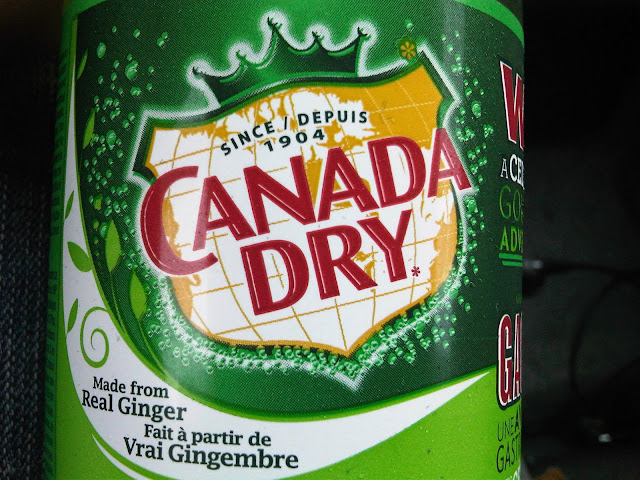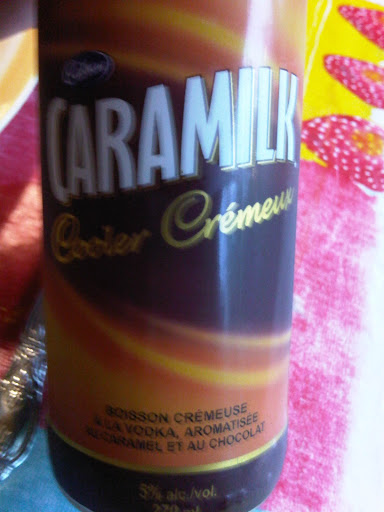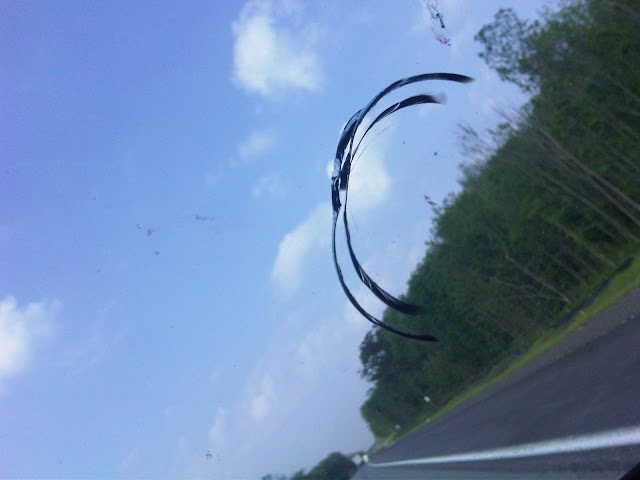Blue. It’s a color that many of us love. To those who know me, it is almost more of an obsession. How many of you have heard me make remarks about that beautiful shade of cerulean blue? Or watch me eat my blue M&Ms last so that I can enjoy looking at them the longest? Are you one of the dozens of people who have remarked to me how often I wear the color?
The color is something that evokes an emotion in me. The emotion produced by looking at the color is what I crave. Blue is a peaceful color, something tranquil and relaxing. It makes you feel as if you are laying in the sahde on a cool, tropical beach. The same feeling of love that many of us are struck with as we gave upon a waterfall, negative ions swirling in the misty air. The color blue and Niagara Falls have something in common: They create a calm, tranquil, loving environment for us to bathe in, truly soaking in all the goodness of life.
Niagara Falls actually consists of two falls, the American Falls state-side, and Horseshoe falls on the Canadian side. Located on it’s namesake river, more than 4 million cubic feet of water per minute crashing to the bottom of the falls. The area I was closer to, staying on the Canadian side, was the 173 foot tall Horseshoe Falls. It was during high flow season, and the rate had increased to around 6 million cubic feet of water per minute and the mist was thick. I couldn’t get a clear picture of the falls at all.
The geology of the falls is something temporary, and in the terms of geologic time, very short lived. It is currently eroding the top layer of limestone/dolostone at a rate of ONE FOOT per year! It is a remarkable rate that puts the Niagara Falls extinction at only 50,000 years from today. Only 11,000 years ago the falls were located about 7 miles to the North of it’s present location, but the water tapped into a portion of non-resistant soils and rock, causing it to retreat quickly (in days or hours, even!), forming the “Whirlpool” you can visit downstream today.
Today Niagara Falls is a HUGE tourist destination, and as such the prices of dining and tourism have risen dramatically. Parking is a full $20 (although they like to note that you can “come and leave all you want…for this day only…ha ha.), the tours are short and cost betwee 15 and 20 dollars, and the food is slightly pricier than normal restaurant prices. I decided that I didn’t feel like getting wet as I was already feeling a little cool because of the mist, so I decided to watch “Niagara’s Fury- A 4D experience”. It only lasted a little over 20 minutes, and although the “4D” effects of a moving floor, snowfall and water spray were interesting, it wasn’t informative enough nor impressive enough to be deserving of the $17.36 I had to pay.
I would say that you can certainaly make your Niagara Falls trip less expensive if you have more time to see everything. If you bike or hike from a nearby campsite or inexpensive hotel to the Falls you save $20, and there are several inexpensive grocery stores nearby (I went to a local grocery called “No Frills” and I was able to purchase two lunches and two dinners, with drinks, for under $12).
The water wasn’t only at it’s high point while I was there- it was overunning the place. I was the only person crazy enough at my KOA campsite to *attempt* to sleep in a tent. I arrived at my campsite the evening before to a muddy mess, but managed to find a damp spot that my tent would have been ok on- If a severe thunderstorm hadn’t decided to roll through. The entire campsite turned into a wetland, and I had to evacuate my $9.98 tent to my Jeep. I paid for two nights worth of camping to sleep in my Jeep, but hey, this trip isn’t always going to be perfect. It’s an adventure. The storm may have been strong, but I do enjoy a good thunder and lightening show.

This wasn’t the first time my tent was in a severe thunderstorm. It has survived many nights and days in such storms, but it was the first time it leaked. I am more than happy with my tent’s performance, considering I bought it for $9.98 from my local Wal-Mart. I don’t think any tent could have survived while pitched in the middle of a mini lake.
At night Niagara Falls comes alive with a light show. This time of year (late spring to early summer) the mist is more dense because of the increased water flow so the show isn’t as pretty as it could be (although still enjoyable). If you want the full effect of the Niagara Falls experience I highly recommend coming in late summer or early fall.
I spent my night at the Falls watching the colored lights pour over the misty water of Niagara Falls, watching the people dancing in the grass to the live band, until the end of the firework show they put on everynight. It was a soothing night, listening to the falling water and feeling that cool mist breeze through the air. A refresher before another long day in my Jeep tomorrow as I drove back into the states to see another cave.
In case you were wondering, yes, as the lights changed there were times when the falls were all blue. In some cases, it even qualified as a shade of cerulean.
I’ll see everyone again when I report back state-side. Until then…
-Nicole

